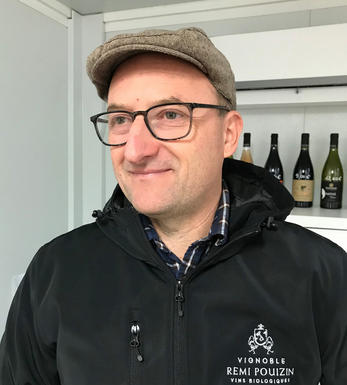
2013 Côtes du Rhône, Amour de Fruit, Rémi Pouizin, Domaine Dieu-le-Fit

About this WINE

Remi Pouizin
Rémi and Geraldine Pouizin of Domaine Dieu-le-Fit are at the top of their game. Demeter accredited from 2016, we are delighted to be working with them for our Own Selection Côtes du Rhône. Rémi inherited most of his vineyards from the property known as Fourmente, where he built his own winery. Their wines are given branded names as they are essentially assembled from different plots. Red clay and pudding stones are at the lower altitudes, then “saffre” (sandstone) is just above the village itself. The more varied garrigue-strewn soils sit on the plateau heading in the direction of Rasteau.
Working organically is part of Rémi’s family philosophy; his grandparents grew fruit and vegetables organically in the 1960s. Rémi insists, “If I can drink a product, I am happy to put it on my vines. If it would be poisonous to me, it doesn’t go anywhere near them.” Clearly, there is honesty and integrity in everything the couple does.

Grenache/Garnacha
Grenache (Noir) is widely grown and comes in a variety of styles. Believed to originate in Spain, it was, in the late 20th century, the most widely planted black grape variety in the world. Today it hovers around seventh in the pecking order. It tends to produce very fruity, rich wines that can range quite widely in their level of tannin.
In many regions – most famously the Southern Rhône, where it complements Syrah and Mourvèdre, among other grapes – it adds backbone and colour to blends, but some of the most notable Châteauneuf du Pape producers (such as Château Rayas) make 100 percent Grenache wines. The grape is a component in many wines of the Languedoc (where you’ll also find its lighter-coloured forms, Grenache Gris and Blanc) and is responsible for much southern French rosé – taking the lead in most Provence styles.
Found all over Spain as Garnacha Tinta (spelt Garnaxa in Catalonia), the grape variety is increasingly detailed on wine labels there. Along with Tempranillo, it forms the majority of the blend for Rioja’s reds and has been adopted widely in Navarra, where it produces lighter styles of red and rosado (rosé). It can also be found operating under a pseudonym, Cannonau, in Sardinia.
Beyond Europe, Grenache is widely planted in California and Australia, largely thanks to its ability to operate in high temperatures and without much water. Particularly in the Barossa Valley, there are some extraordinary dry-farmed bush vines, some of which are centuries old and produce wines of startling intensity.


Buying options
Add to wishlist
Description
An excellent and appropriately-named, generic Côtes du Rhône, now biodynamically accredited. This year all the fruit is Grenache and is impressive indeed given that the varietal did not have the easiest of years. The fact that picking was finished on 23rd September – a day before major rainfall – clearly helped here. Drink now to 2017.
Simon Field MW - Rhône Buyer
Rémi Pouizin formerly made wine at his father’s property, Domaine La Fourmente, just outside Visan. Now he has branched out on his own, buying a magnificent 19thcentury château in the heart of the village, and securing a biodynamic accreditation for his vineyards, which essentially remain the same. Only the legal structure and the location of the winery have changed substantially: the essence of the excellent Domaine La Fourmente still remains, albeit a little improved and with a new, divinelyinspired name.
wine at a glance
Delivery and quality guarantee